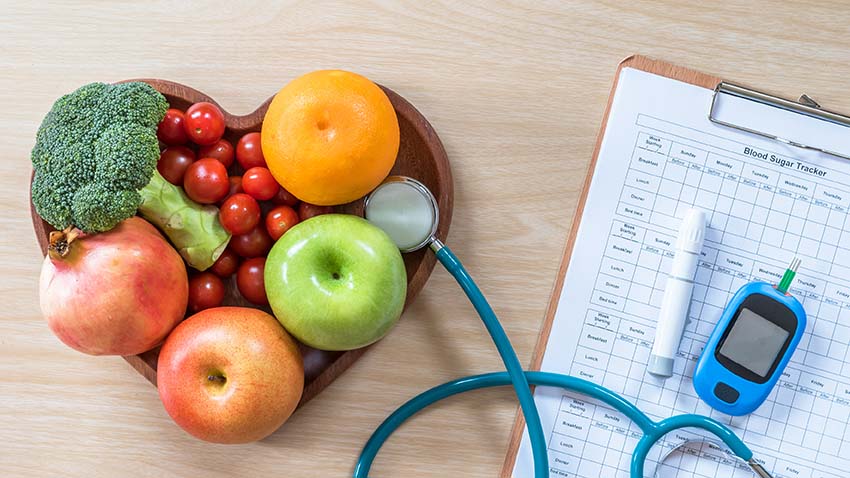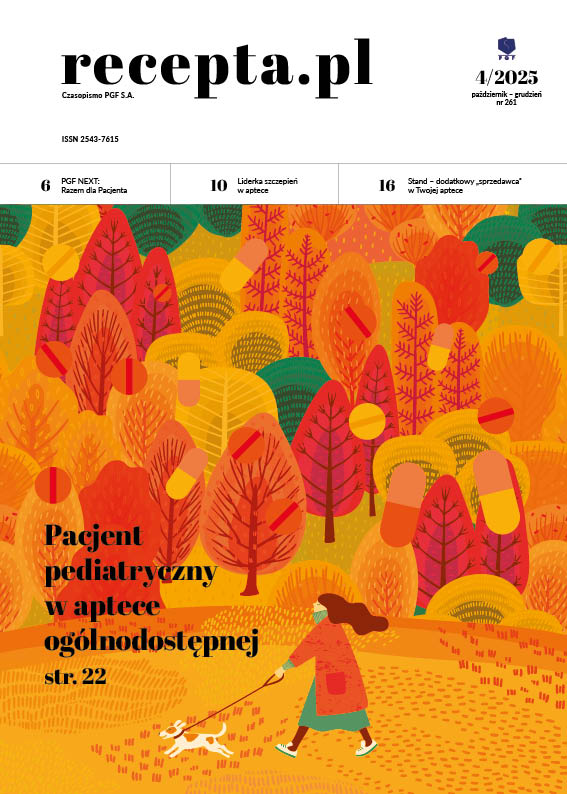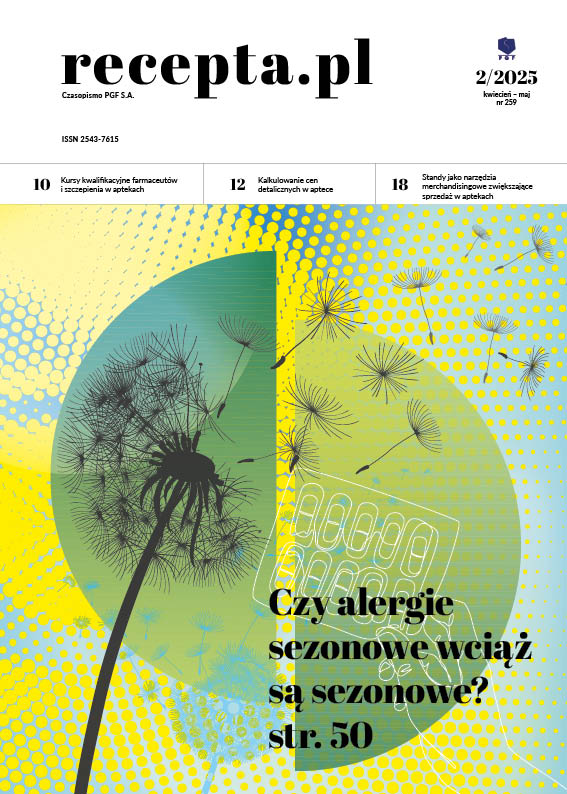 Wróć
Wróć

Diabetes
Diabetes, also sometimes called diabetes mellitus, is a condition which affects insulin. Insulin acts as the key that opens the doors of the cells in the body. It is a natural hormone that allows glucose to enter the cells of the body and thus fuels it. The disease is not caused by the mere fact that the given person eats too much sugar. Naturally a diet full of sugary and processed foods may and eventually does lead to obesity.
Diabetes is a leading cause of death in the world. There are multiple types – some of which have not been discovered as yet. For example, MODY diabetes is a genetic disease, coded by only one gene. There are at least 5 types of it. However, these three types are most frequent – type 1, 2 and gestational diabetes. Type 1 is the most common among young people. Type 2 is almost preventable. The disease can be, and should be managed with appropriate medicines and diet.
In Type 2 diabetes, the most common form of diabetes, the body is not responsive to the amount of insulin it produces. With time, the body is not able to produce insulin to maintain normal blood glucose levels. Eating sweets is allowed from time to time, but it requires some careful planning if one wants to enjoy a piece of cake. But eating large amounts of sugar leads to weight gain and increased body fat.
It should be treated with:
- oral medications, injectable medications and/or insulin.
- physical exercise
- proper diet
Type 1 diabetes is an autoimmune disease – body mistakenly destroys the insulin-producing cells, or beta cells. The glucose remains in the blood and it cannot get into the body’s cells where it is needed for energy.
It must be treated with:
- daily insulin shots
- counting carbohydrate intake
- physical exercise
Counting carbohydrates is vital if one wishes to maintain a proper blood glucose level. It also helps to determine how much insulin to take.
Once the patient realizes they have diabetes, it takes time to adjust to the new situation. It requires finger pricking, blood testing, shot giving and self-monitoring to achieve and maintain normal blood glucose levels over time. It also requires patience. What one eats, how much, and how much one exercises, the time of day the medications or insulin is taken, stress and sickness all affect the overall outcome.
Gestational diabetes may occur during pregnancy and does not mean that the baby will have diabetes. It may however, cause the baby to grow larger than usual and, rarely obesity and Type 2 diabetes later in life. The risk of metabolic syndrome and/or diabetes in children born of mothers with diabetes (not necessarily gestational), is around 10-20%. The pregnant mother is at a higher risk for preeclampsia and high blood pressure. Feeling nauseous throughout the nine months of pregnancy can be one of the symptoms of this type of diabetes and should be treated by obstetricians and endocrinologists.
Insulin resistance also known as as impaired insulin sensitivity is a condition in which the body fails to respond as it should to insulin. If untreated, it can lead to prediabetes and Type 2 diabetes.
The foods a diabetic person eats determines how they manage their diabetes, how they feel and how much energy they have. It is very important for the patient to stick to regular meal times. The best diet for people with diabetes: low in simple carbohydrates and processed products, and rich in complex sugars such as wholemeal products (such as wholemeal bread, rye bread, wholemeal wraps, wholemeal flour, wheat biscuits, wheat pasta and foods with a low glycaemic index. It is advisable to see a dietitian to develop a healthy-eating plan.
Famous people with diabetes:
Type 1:
Theresa May (former British Prime minister)
José Ignacio Fernández Iglesias (Spanish soccer player)
Sharon Stone (American actress)
Type 2:
Halle Berry
Tom Hanks
Gestational:
Salma Hayek
Słowniczek:
allowed – dozwolone
carbohydrate – węglowodan
common – częsty
condition – choroba
eventually – ostatecznie, w końcu
frequent – częsty
(to) fuel – napędzać
gestational – ciążowa
insulin resistance – insulinooporność
intake – spożycie
mere (fact) – sam (fakt)
nauseous – nudności
obesity – otyłość
obstetrician – lekarz położnik
prediabetes – stan przedcukrzycowy
preeclampsia – łożysko przodujące
preventable – możliwy do uniknięcia
pricking – kłucie
processed foods – jedzenie wysokoprzetworzone
proper – właściwa
rye – żytni
wheat – pszeniczny
wholemeal – razowy
Najczęściej sprzedawane substancje na cukrzycę:
metformin – metformina
preparations: Avamina, Etform, Formetic, Glucophage, Metfogamma, Metformax, Metformin, Metifor, Siofor, Symformin
sulfonylurea derivatives – pochodne sulfonylomocznika
preparations (third generation): Amaryl. Avaron, Diaryl, Glibetic, Glidiamid, GlimeHexal, Glitoprel, Glimepiride, Glimorion, Pemidal, Symglic
alpha-glucosidase inhibitors – inhibitory alfa-glukozydazy
preparations: Adeksa, Glucobay
GLP-1 receptor agonists – agoniści receptora GLP-1
preparations: Budureon, Byetta, Luxumia, Ozempic, Saxenda, Trulicity, Victoza
DPP-4 inhibitors – inhibitory DPP-4
preparations: Galvus, Januvia, Ristaben, Trajenta, Vipidia
PPAR agonists – agoniści PPAR-y
preparation: Pioglitazone
SGLT-2 inhibitors – inhibitory SGLT-2
preparations: Forxiga, Invocana, Jardiance, Steglatro
ROZMÓWKI:
Farmaceuta: Good morning, what can I do for you? – Dzień dobry, w czym mogę panu/pani pomóc?
Pacjent: I need a few medicines – Potrzebuję kilku leków.
Farmaceuta: May I ask which ones? – Czy mogę zapytać, które?
Pacjent: Vitamin C, Vitamin D, aspirin, paracetamol and Glucophage – Witaminę C, witaminę D, aspirynę, paracetamol i glucophage.
Farmaceuta: I am afraid you need a prescription for Glucophage – Przykro mi, ale na glucophage potrzebna jest recepta.
UWAGA! Język angielski jest o wiele grzeczniejszy i jeśli mamy przekazać jakąkolwiek negatywną informację, warto ją „zmiękczyć”, używając formy I am afraid/I’m afraid, czyli „Przykro mi”.
Pacjent: Here is the prescription – Proszę, oto recepta.
I would like to collect my order – Chciałbym/Chciałabym odebrać zamówienie.
Farmaceuta: Please give me the numer of your order – Proszę o numer pana/pani zamówienia.
The last four digits are enough – Ostanie cztery cyfry wystarczą.
Are you next? I speak English – Czy pan/pani jest następny/następna w kolejce? Mówię po angielsku.
Do you speak English? Can I help? – Czy mówi pan/pani po angielsku? Czy mogę pomóc?
Pacjent: I feel nauseous – Czuję mdłości.
Farmaceuta: This should help (tu podać preparat) – To powinno pomóc.
Pacjent: Could I also have a… (tu pada nazwa) please – Czy mógłbym/mogłabym także prosić o…
Farmaceuta: Do you suffer from diabetes? – Czy cierpi pan/pani na cukrzycę?
Pacjent: Could you recommend something? – Czy może pan/pani coś polecić?
Farmaceuta: I can recommend some herbs – Mogę polecić zioła.
Please drink these herbs at least once a day – Proszę pić ten napar z ziół przynajmniej raz dziennie.
These tablets/pills should help – Te tabletki powinny pomóc.
Take one in the morning and one before bedtime – Niech pan/pani bierze jedną (w domyśle tabletkę) rano i jedną na noc.
Please take one/two tablets a day/per day – Proszę brać jedną/dwie tabletki dziennie.
This should not be taken longer than five days – Tego nie należy zażywać dłużej niż pięć dni.
You shouldn’t drive after this medicine – Nie należy prowadzić auta po tym leku.
If the symptoms persist, please consult your doctor – Jeśli objawy się utrzymają, proszę skonsultować to z lekarzem.
Pacjent: Can you give me something for my headache please – Poproszę coś na ból głowy.
I would like… – Chciałbym…
I need… – Potrzebuję…
Have you got… (nazwa leku preparatu) – Czy macie…?
Do you sell…? – Czy sprzedajecie…?
Do I need a prescription for this? – Czy muszę mieć receptę na to?
Farmaceuta: Yes, I am afraid so – Niestety tak.
No, this is an OTC drug – Nie, to jest lekarstwo sprzedawane bez recepty.
UWAGA! OTC to skrót od over the counter.
Farmaceuta: You need to ask your doctor for a prescription – Musi pan/pani poprosić swojego lekarza o receptę.
Pacjent: The doctor gave me this prescription – Lekarz przepisał mi tę receptę.
Farmaceuta: Let me see – Poproszę (w domyśle receptę).
I am afraid we don’t have this but I can order this for you for tomorrow? – Niestety nie mamy tego, ale mogę zamówić to dla pana/pani na jutro.
I will have to order this – Będę musiał/musiała zamówić to.
Do you have your prescription code number? – Czy ma pan/pani kod recepty?
Prescription code number please? – Proszę kod recepty.
I think we have it. Let me get that for you – Myślę, że to mamy. Zaraz panu/pani przyniosę.
Pacjent: I feel a bit under the weather – Nie czuję się najlepiej.
Could you give me something to sleep better at night? – Czy mogę prosić o coś na sen?
Farmaceuta: How old is the patient – W jakim wieku jest pacjent?
Please make sure you drink plenty of water – Proszę pić dużo wody.
Please keep this in the fridge – Proszę trzymać w lodówce.
Please keep this medicine out of reach of children – Proszę trzymać poza zasięgiem dzieci.
Take this with your meals – Niech pan/pani zażywa wraz z posiłkiem.
This should not be given to children under the age of three – Tego nie należy podawać dzieciom do lat trzech.
It would be better to consult a specialist – Byłoby lepiej skonsultować to ze specjalistą.
Please take this preparation twice a day – Proszę brać ten preparat dwa razy dziennie.
Please take one tablet before you go to sleep – Proszę zażyć jedną przed pójściem spać.
UWAGA! Po angielsku nie mówimy bezosobowo, typu: „Brać jedną tabletkę przed snem”.
Farmaceuta: Our pharmacy is open 24 hours – Nasza apteka jest czynna 24 godziny na dobę.
You may also order online and collect the products in our pharmacy – Może pan/pani także zamawiać online i odebrać produkty w naszej aptece.
Do you need anything else? – Czy potrzeba coś jeszcze?
Pardon? Could you repeat this please? – Przepraszam, nie dosłyszałem/dosłyszałam. Czy mógłby pan/pani powtórzyć?
Here you are – Proszę (gdy podajemy coś).
UWAGA! Po angielsku słowa please używamy jedynie w zdaniu, a gdy podajemy coś komuś, to używamy Here you are i tylko wtedy.
Farmaceuta: Will that be all? – Czy to już wszystko?
Would you like to have a look at our special offer? – Proszę zerknąć na naszą ofertę specjalną.
These products are discounted – Te produkty są przecenione.
Pacjent: How much do I owe you? – Ile jestem winien?
Farmaceuta: This comes to 162 zloty – Razem to będzie 162 złote.
Pacjent: Do you have any cheaper equivalents? – Czy macie tańsze odpowiedniki?
Farmaceuta: May I suggest (podać nazwę preparatu) – Mogę zaproponować…
Pacjent: Can I use my card? – Czy mogę użyć karty?
Farmaceuta: Naturally/Of course – Naturalnie/oczywiście.
Get well soon – Życzę zdrowia.
Thank you. Goodbye – Dziękuję. Do widzenia.







